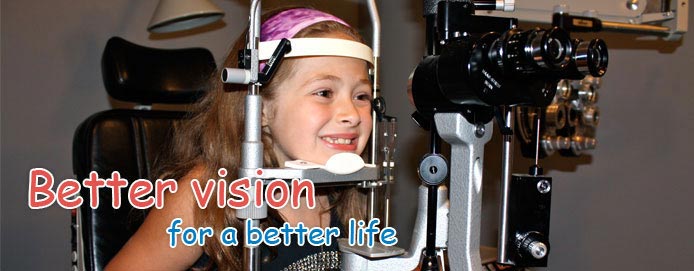Abnormal Head Position/Torticollis
Various types of eye misalignment may lead to abnormal head position (head tilt or head turn). When the eyes are misaligned in certain gazes you will position your head in the opposite gaze to have the least amount of misalignment.
One condition which leads to a head tilt is known as a 4th nerve palsy or superior oblique palsy.This can be congenital or acquired, and can occur in one eye or both. With a superior oblique palsy the superior oblique muscle of one eye is weaker or more lax as compared with the other eye leading to an eye misalignment in certain gazes. The main job of the superior oblique muscle is to rotate the eye and help move the eye vertically. Someone with a superior oblique palsy will often tilt their head in the opposite direction from the eye with the weaker muscle.
A syndrome called Brown’s syndrome occurs when the superior oblique muscle on one side is tighter than the muscle on the opposite side. This eye will not elevate as well as the opposite eye and may result in chin up positioning. Brown’s syndrome can also be congenital or acquired.
Children with Duane’s Syndrome will often have a head turn to the left or right. Duane’s syndrome results from a miswiring of the muscles that control horizontal eye movement. Children with any of these types of strabismus may be candidates for surgical correction and should have a complete eye exam to evaluate for any signs of amblyopia.




